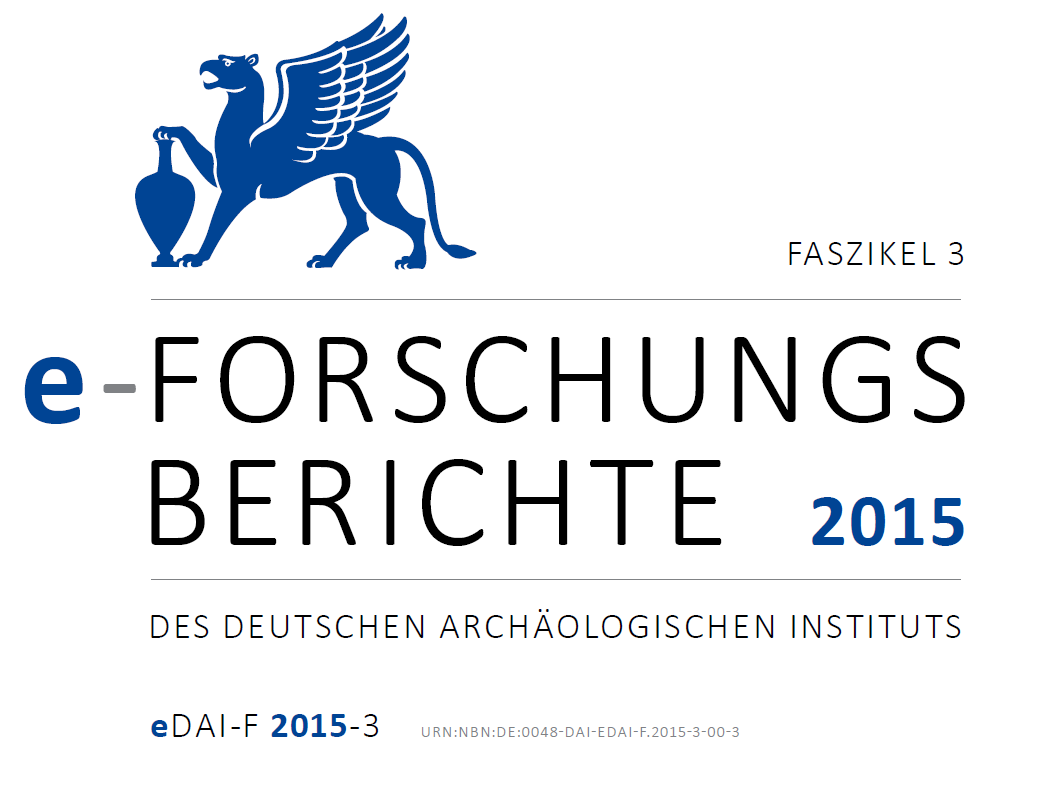Pietrele, München: Neolithische und kupferzeitliche Siedlung am See 5200–4250 v. Chr.
https://doi.org/10.34780/dwyb-ko31
Abstract
The 10 m high Copper Age settlement mound of Pietrele-Măgura Gorgana, situated close to the Danube was part of a large settlement system spread over the whole Westpontic region during the 5th millennium BC. The mound was the outstanding part of a far more complex and larger flat settlement as we now know thanks to geomagnetic prospections and subsequent excavations. Only recently it became evident that the oldest parts of the flat settlement belong into the late 6th millennium. Around 1000 years settlement history (5200–4250 BC) offers insight into one of the most dynamic periods in human history coined by first metallurgical activities. During the settlement period a lake covered huge parts of the floodplain. It provided not only a considerable part of the diet, but ensured continuous and extensive regional exchange. Sedimentological and paleo ecological research gave evidence that the paleo lake started to exist from early to mid-Holocene onward until it was subdivided in smaller lakes by prograding branches of the Danube about 1000 years ago. The ecological conditions within the lake changed considerably, which can be deduced from geochemical, paleo botanical and microe faunistic analyses and which might be attributed to human impact during the settlement period. This was corroborated by studies on the former landscape around the settlement mound of Pietrele and the geomorphological processes induced by land use and settlement activities.Dowloads
Pubblicato
2023-06-08
Fascicolo
Sezione
Artikel
Informazioni bibliografiche e recensioni
Come citare
Hansen, S., Toderaş, M. and Wunderlich, J. (2023) “ Chr”., e-Forschungsberichte des DAI, pp. 93–112. doi:10.34780/dwyb-ko31.





